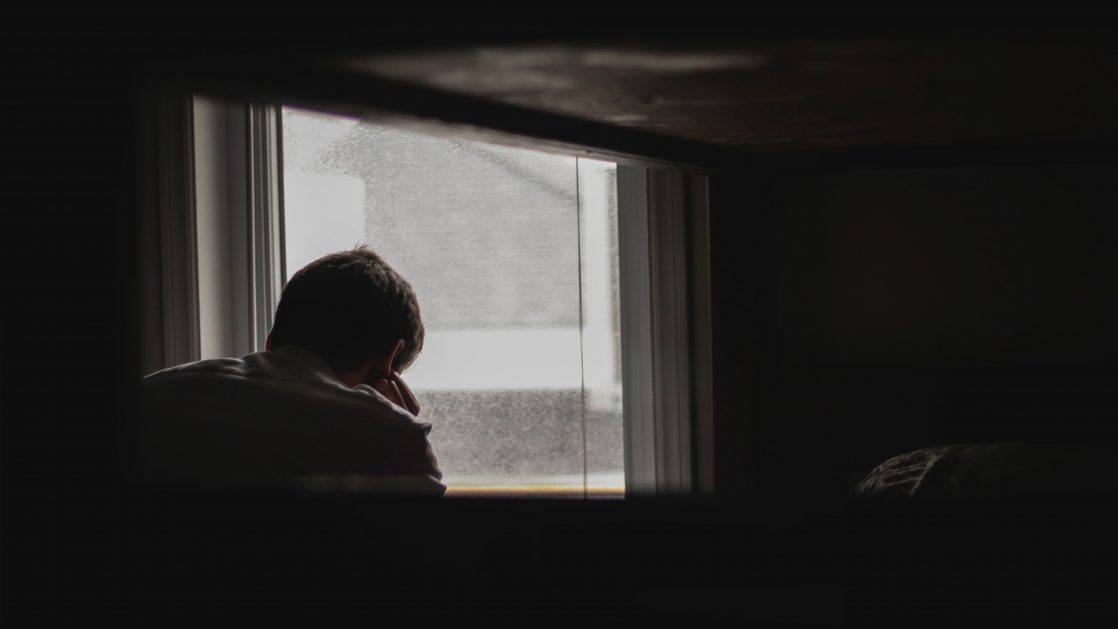
The Most Depressing Month of the Year
….and ways to combat it
November has earned the title of the most depressing month of the year. You thought it was February? Nope. We’re midway through November already. Have you noticed a shift in your mood? Are you feeling more like you want to crawl under the blankets than face another work day? You’re not the only one.
November has gained its illustrious reputation by falling in between holidays and head first into the cold and the dark. After the return to school, Thanksgiving and Hallowe’en, we find ourselves in a post-holiday slump and possibly a sugar crash. Most likely the weather took a sharp turn into some blustery, colder days and freezing nights. All of the sunlight seems to have disappeared to the south leaving us in the north pining for light and warmth. Oh, what happened to all of those beautiful fall leaves that were flourishing just a week ago? Yep, gone, leaving the skeletal remains of tall, swaying, bare trees, shivering in the breeze without their colorful robes.
Wait. Another holiday is coming?! Who has time to go gift shopping in the middle of all this?!
Why So Blue?
Seasonal Affective Disorder (SAD) typically peaks in the beginning of November, but it can last all through the dark winter months. The difference between depression and SAD, is that the symptoms typically disappear for the rest of the year – really only lasting during the winter. However, depression and SAD do share many similar traits such as low mood, loss of interest, fatigue, weight gain, feelings of hopelessness, and even thoughts of suicide, so it is important to stay on top of SAD if you know you are prone to it. The main culprits for SAD seem to be a lack of sunlight and a disrupted circadian rhythm. Your circadian rhythm is the 24-hour internal clock that is responsible for alertness and sleepiness in response to light changes around us.
Stress also seems to play a role in SAD, however, researchers are not sure if stress causes the disorder, or if the disorder causes the onset of stress.
No doubt the winter does seem to make things just a wee bit more tiring – outdoor chores take longer, snow shoveling, winter traffic can be longer and more treacherous, and the constant shivering from the cold can wear us out. Add to that, looming holidays and time pressures, plus work, plus family obligations. Maybe even add the fact that you’re not a spry, young thing anymore.
What To Do
If you think you have SAD, there are a couple of things that you can do.
First, check in with your doctor and tell him or her what’s going on. While he/she may prescribe supplements or antidepressants, other solutions can be:
- Spending more time with the family
- Going outside and doing something active – walk, ski, skating
- Doing something that brings you joy such as a hobby or watching a movie that makes you laugh
- Phototherapy – essentially light therapy.
- Psychotherapy – a cognitive behavior therapy that can help you learn ways to cope with SAD and stress
- Exercise – a natural mood lifter
- Self-care – massage, bath, connecting with friends
- If your home is dark, find ways to lighten it – open window shades, get more indoor lighting, you may even need to trim some bushes and trees outside
- Get better quality sleep – when affected with SAD, naps and oversleeping tend to dominate – reducing your naps and setting a schedule for proper sleeping and waking will help recalibrate your internal clock
- Consider a getaway to a warmer, sunny climate
Check some of our past blogs on ways to brighten up a senior’s day if they, or YOU, are experiencing symptoms of Seasonal Affective Disorder.
Ways Art Therapy Uplifts Seniors

